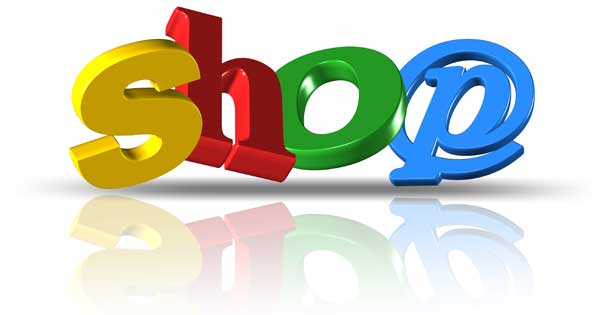New government figures reveal the different online spending patterns between men and women and people in various age groups in Ireland.
The figures also reveal the extent that online shopping has become a part of everyday life, with Irish people spending €12.3bn on online shopping last year – and €850,000 per hour!
That is 20% more than in 2012, and the figures are expected to rise by another 25% in the next three to five years.

The results show that Irish men and women shop differently online. While men are more likely to buy electronics, clothing and phone accessories, women were more interested in clothing, footwear and accessories.
Men were more likely to buy adult toys online, while women spent three times as much as men on lingerie.
Men and women spent a similar amount on jewellery with a total of €56m split near the middle between the two genders.
The age group that spent the most online were people aged between 30 and 44, with 30-44-year-olds spending an average of €753.34 per year and 35-44-year-olds spending €761.
Games consoles were most popular among young adults, with 18-24-year-olds spending €12m – the figure dropped to €5.8m for 25-29-year-olds.
Adults aged 35-44 spent the most on toys with €35.8m being spent online by this age group.
The results also revealed plenty about Irish people’s attitudes towards online shopping. The busiest day of the year was November 2 (Cyber Monday) – which eclipsed Black Friday.
A small, but significant, number of people (5%) said that they did their entire Christmas food shopping online.
Three quarters of Irish people made an online purchase from the UK in 2015, while 35% said that they would be put off making international purchases by the cost of return shipping.
Online sales are no longer dominated by lap tops and desk tops. People are becoming more likely to use their gadgets such as phones (which account for 11% of online purchases) and tablets (10%).
The €12.3b spent by online shoppers represents 6% of Ireland’s GDP. There are currently around 68,000 jobs in Ireland directly linked to the digital platform – and 48,000 with an indirect link. Reports also show that nearly 14,000 Irish people make a supplementary income via the internet.
Minister for Communications, Energy and Natural Resources, Denis Naughten said: “These reports give us a snapshot into just how important the digital economy is to householders and businesses, no matter where they are located in Ireland.
“As the digital economy grows, it is essential that the benefits are felt in every city, provincial town and rural area.”
newsletter.html”]
Differences between Irish men and women’s online spending habits
